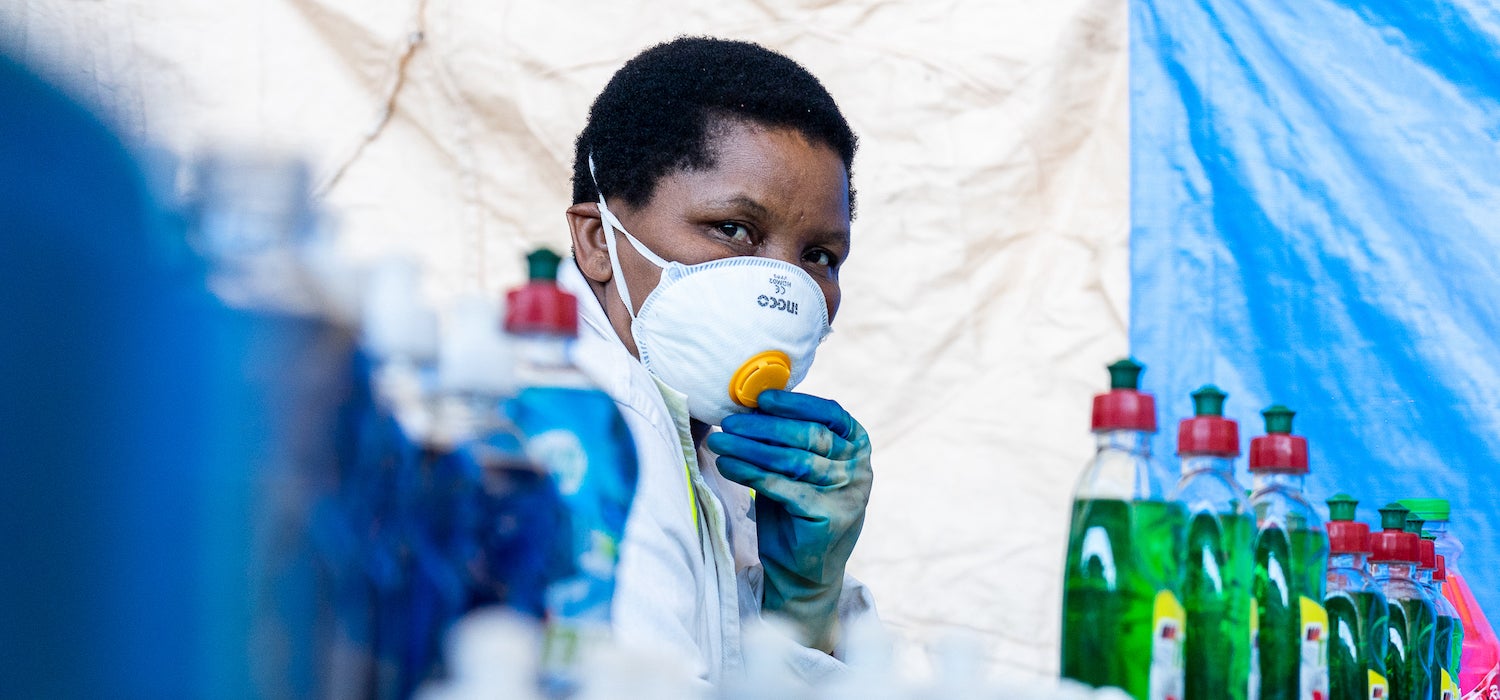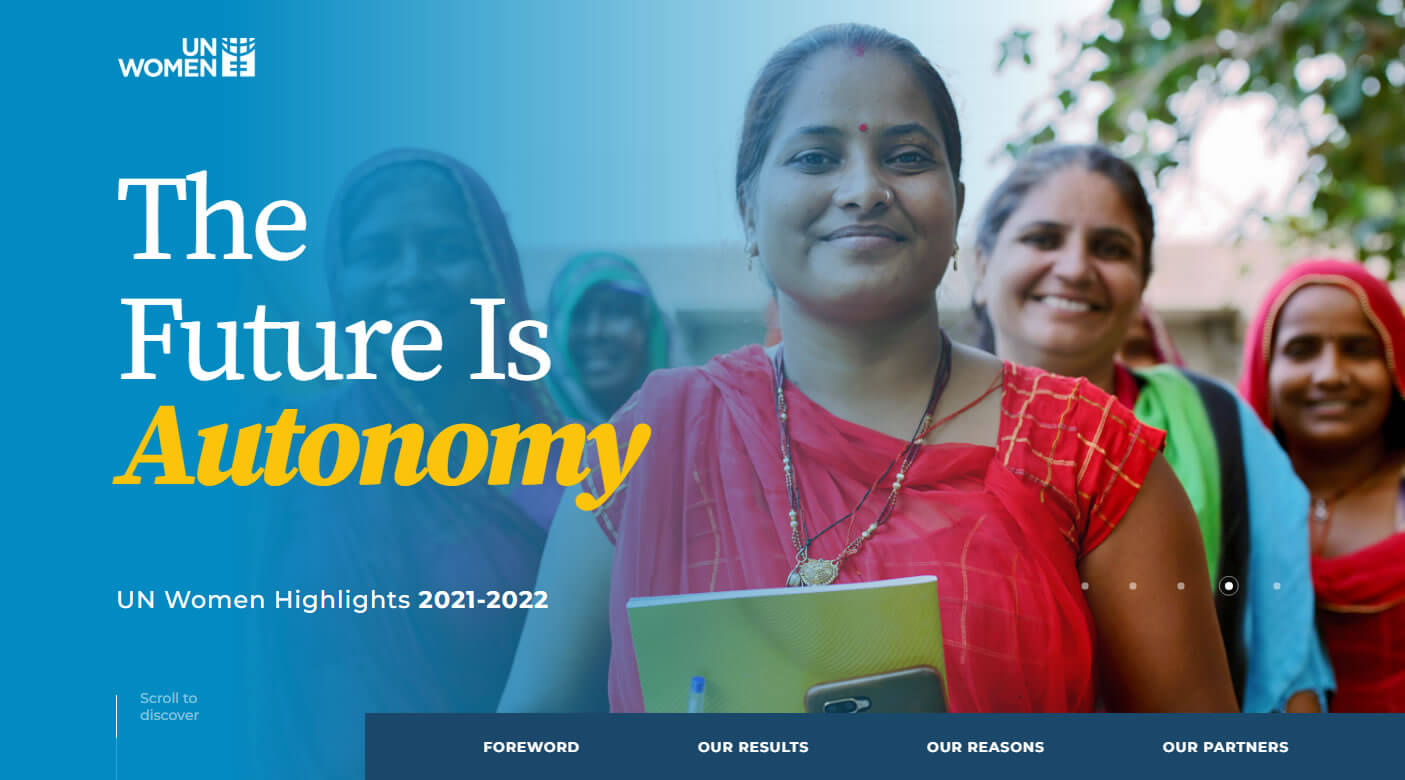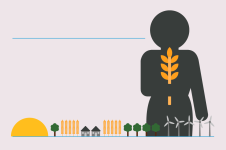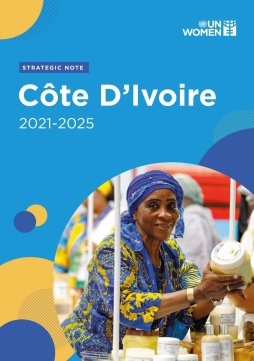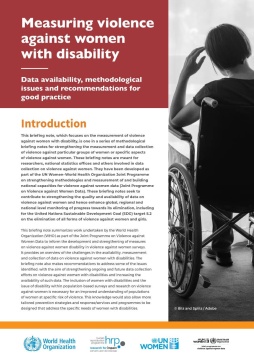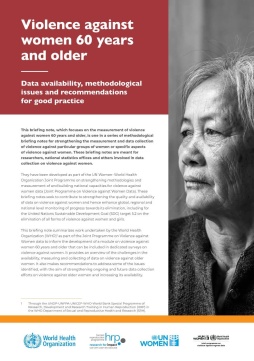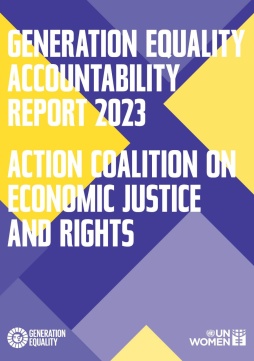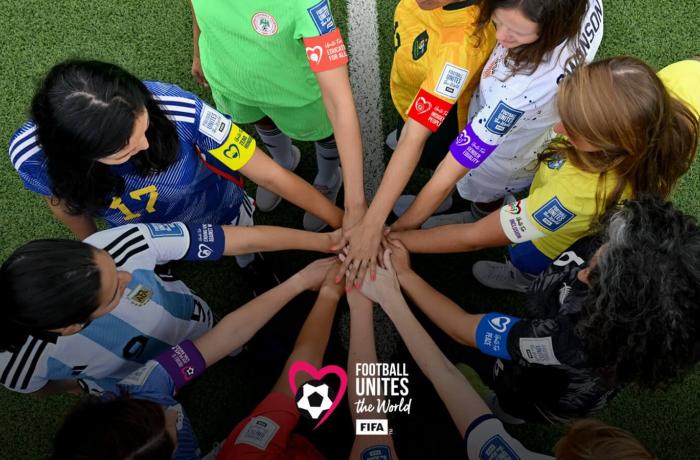COVID-19: Rebuilding for Resilience
Two years into the COVID-19 pandemic, we’ve learned a lot about resilience: what makes us stronger, safer and more adaptable –– and what doesn’t. Now, we need to focus on rebuilding our social, political and economic systems in ways that empower and protect us all. The choices we make today –– how we choose to allocate our resources and who we choose to lead us forward –– will have long-term implications not just for women, girls and other vulnerable populations, but for our overall health and survival as a species.
Building resilience to future crises starts with our recovery from this one.
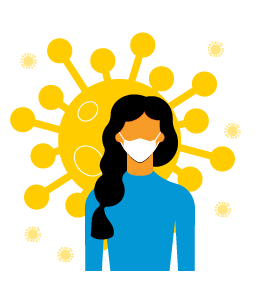
COVID-19 is expected to push an estimated 47 million additional women and girls into extreme poverty and further widen the gender poverty gap.
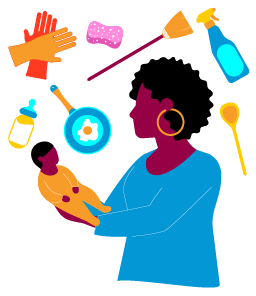
Women have done 29% more childcare per week than men during the pandemic, based on data from 16 countries.
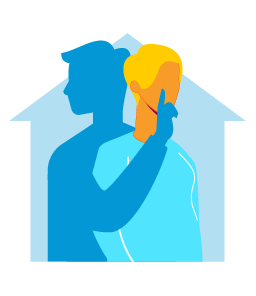
Nearly 1 in 2 women reported that they or someone they know have experienced violence since the start of the pandemic, according to survey results from 13 countries.
Our societies are only as secure as their most vulnerable members.
From disproportionate job losses to heightened gender-based violence, women and girls are experiencing specific health, economic and social impacts that need to be addressed through targeted policy interventions. But analysis shows that many COVID response plans have failed to meet this need: only about 40 percent of national-level policy measures are designed to respond to gender-specific risks and challenges.
Without comprehensive action to reduce the pandemic’s gendered impacts, COVID could catalyze a significant reversal in hard-won progress on women’s rights. Rethinking the ways in which we protect and care for women and other vulnerable populations will be crucial to building global resilience –– and preventing a repeat of 2020.
Frequently asked questions
-
What gender-specific risks does the COVID-19 pandemic pose?
COVID-19 poses a number of unique risks to women’s physical, social and economic security.
Women are overrepresented across multiple jobs and demographics that face heightened risk of COVID exposure and/or death, including frontline health and care workers, the elderly and the global poor. The pandemic has also impacted women’s health more generally, as overburdened health systems have led to interruptions in critical health services, such as pre- and post natal care and other reproductive and sexual heath services.
Further, COVID-19 lockdowns and pandemic-related economic and social stressors have driven a spike in gender-based violence, both in homes and public spaces. With health and social services already stretched beyond capacity, resources for survivors have been largely inadequate.
Women and girls have been particularly susceptible to the economic repercussions of the pandemic as well. They’ve been disproportionately impacted by job losses, and are expected to re-enter the labour force at significantly lower rates than men. Unpaid care and domestic burdens –– which tend to fall asymmetrically on women –– have increased during the pandemic, further reducing women’s time for paid work.
In all, the pandemic threatens to undo decades of progress on gender equality. To prevent this reversal, COVID-19 responses must directly address the specific needs of women and girls.
-
What does it mean for a COVID-19 response to be "gender-sensitive"?
A gender-sensitive COVID-19 response is one that acknowledges the pandemic’s gendered impacts and incorporates policies to specifically address them. This includes measures to mitigate gender-based violence, to reduce the burden of unpaid care and domestic work, to promote women’s access to jobs and financial resources, and to provide robust and comprehensive social protections for all women and girls.
Crucially, women have been largely excluded from COVID-19 task forces –– they represent a mere 24% of COVID-19 task force members worldwide. Further, much of the data on the impacts of the pandemic is not sex-disaggregated, and there is a lack of data on gender-specific issues such as gender-based violence, both obstacles to identifying the unique needs of women and girls. Promoting women’s leadership in pandemic response and recovery processes and increasing the collection of gender data are both key to advancing gender-sensitive policies and budgeting.
-
What is UN Women doing to address the COVID-19 pandemic?
To address the gender-specific impacts of the pandemic, we need to know exactly what those impacts are. But a lack of gender data has, in many cases, obscured the distinct experiences of women and girls. To bridge this gap, UN Women has been working with partners to collect comprehensive data on how women and girls have been affected by the pandemic, as well as by national pandemic responses.
Joining forces with WHO, UN Women is providing up-to-date data on COVID-19 cases by sex and age. We have also conducted rapid gender assessment (RGA) surveys with roughly 100,000 people in 58 countries, focusing on five areas of concern: 1) economic activities and resources; 2) unpaid domestic and care work; 3) access to goods and services, 4) emotional and physical wellbeing; and 5) relief measures. More recently, we conducted a 13-country study on the impacts of COVID-19 on violence against women. In collaboration with UNDP, we have created a gender response tracker that monitors COVID-19 response measures taken by governments around the world and identifies those that have integrated a gender lens.
UN Women has also provided material support to women and girls impacted by the pandemic, including personal protective equipment, cash transfers and relief for women-owned enterprises. We have been working with national governments to ensure women’s access to essential health services and provide support for survivors of violence. Through a variety of campaigns and initiatives, including #HeForShe, UN Women has continued to raise awareness around the unequal distribution of care and domestic work and to advocate for a more equitable division of responsibilities.
